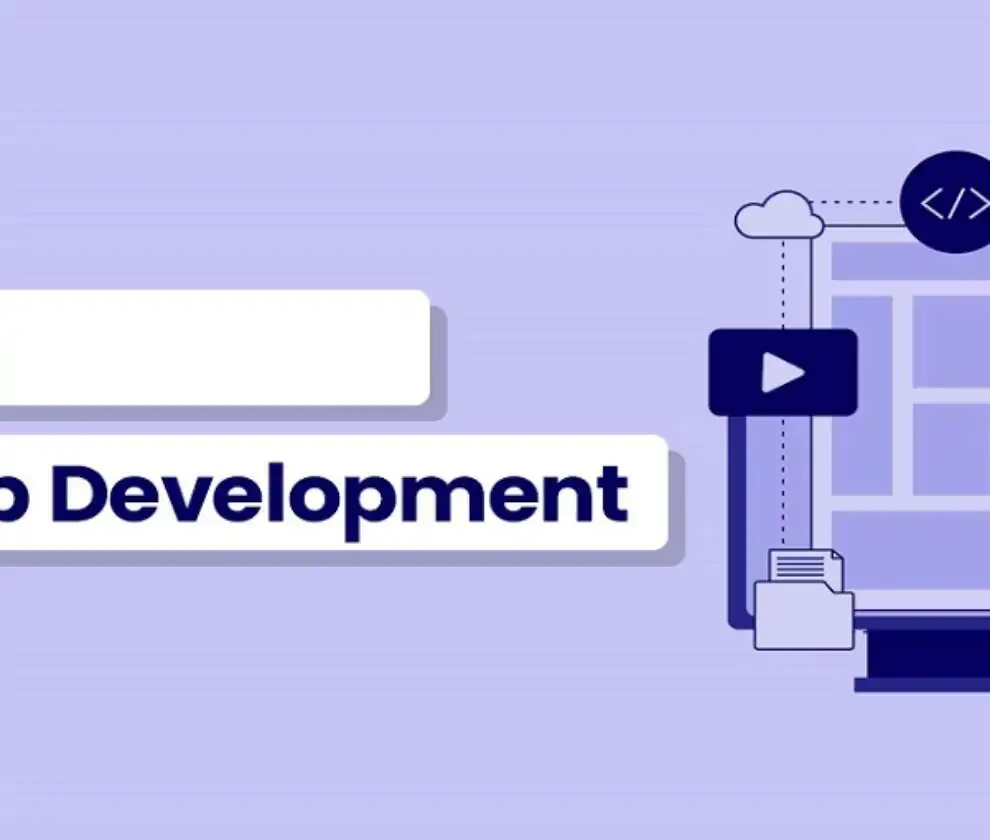
Lead Generation Strategies for a Thriving Business
In the world of business, lead generation is the lifeblood of growth and success. It’s the process of attracting and converting potential customers into interested prospects who can eventually become paying clients. Let’s explore the art and science of lead generation and discuss strategies for nurturing and converting leads into loyal customers.
1. Understanding Lead Generation
Lead creation is the process of identifying and cultivating potential customers who have expressed an interest in your products or services. These individuals or organizations are often referred to as “leads.”
2. The Importance of Lead Creation
Lead creation is crucial for several reasons:
- Fueling Growth: Without a constant influx of potential customers, businesses struggle to expand.
- Cost-Effective Marketing: Targeting leads who have already shown interest is often more cost-effective than broad advertising.
- Increased Sales: High-quality leads have a greater potential to convert into paying customers, boosting revenue.

3. Lead Creation Strategies
To generate leads effectively, businesses employ a range of strategies:
- Content Marketing: Creating valuable and informative content, such as blog posts, ebooks, and videos, to attract and engage potential leads.
- Social Media Marketing: Leveraging social platforms to reach a broader audience and engage with potential leads.
- Email Marketing: Sending personalized emails to leads who have shown interest in your products or services.
- Search Engine Optimization (SEO): Optimizing your online content to appear in search engine results and attract organic traffic.
- Pay-Per-Click (PPC) Advertising: Running targeted ads on platforms like Google Ads to attract leads actively searching for your products or services.
- Webinars and Events: Hosting webinars and events to engage with potential leads and showcase your expertise.
4. Qualifying Leads
Not all leads are created equal. The process of lead qualification involves evaluating leads based on criteria such as:
- Demographics: Are they part of your target audience?
- Behavior: Have they shown genuine interest in your offerings?
- Budget: Do they have the financial capacity to make a purchase?
- Urgency: How quickly are they likely to make a decision?
5. Building Relationships
Once leads are identified and qualified, the next step is to build a relationship with them. This involves:
- Personalization: Tailoring communication to the specific needs and interests of the lead.
- Consistent Engagement: Maintaining regular communication to keep leads interested.
- Providing Value: Offering content or information that helps leads solve problems or make informed decisions.
- Demonstrating Expertise: Showcasing your industry knowledge and expertise.
6. Nurturing Leads
Nurturing leads is the process of guiding them through the sales funnel, with the ultimate goal of conversion. This involves:
- Lead Scoring: Assigning scores to leads based on their behavior, engagement, and readiness to buy.
- Drip Campaigns: Sending a series of automated, targeted emails to leads over time.
- Personalized Recommendations: Offering product or service recommendations based on the lead’s interests and needs.

7. Conversion Strategies
The ultimate goal of lead creation is conversion—turning a potential lead into a paying customer. Strategies for lead conversion include:
- Effective Sales Process: Having a well-defined and efficient sales process to close deals.
- Clear Call-to-Action (CTA): Making it easy for leads to take the next step, such as making a purchase or scheduling a consultation.
- Landing Pages: Creating dedicated landing pages that are optimized for conversion.
- A/B Testing: Experimenting with different approaches to see which ones lead to better conversion rates.
8. Measuring and Analyzing
To continually improve lead creation efforts, it’s essential to measure and analyze results. Key metrics to track include:
- Conversion Rate: The percentage of leads that become paying customers.
- Cost Per Lead: The cost of acquiring each lead.
- Lead Source: Understanding which channels generate the most leads.
- Lead Quality: Assessing the likelihood of leads becoming paying customers.
- Sales Cycle Length: How long it takes to convert a lead into a customer.
9. The Role of Technology
Technology plays a significant role in modern lead creation. Customer Relationship Management (CRM) systems, marketing automation tools, and analytics platforms are crucial for tracking and managing leads.
10. The Future of Lead Creation
Lead creation will continue to evolve with advancements in technology and changes in consumer behavior. Some emerging trends include:
- AI and Machine Learning: Using AI to analyze data and predict which leads are most likely to convert.
- Chatbots and Virtual Assistants: Employing chatbots for immediate customer engagement.
- Video Marketing: Capitalizing on the rise of video content for lead creation.
In conclusion, lead generation is both an art and a science. It requires a deep understanding of your audience, effective marketing strategies, and a commitment to building relationships with potential customers. By mastering lead creation, businesses can not only drive growth and increase revenue but also deliver value to their clients by providing products and services that genuinely meet their needs. In the digital age, lead creation is at the heart of successful businesses, connecting them with the people or organizations that can benefit most from their offerings.




